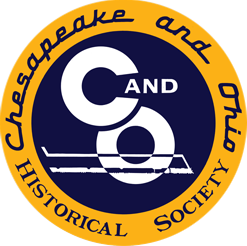

$24.95
By Charles W. Ford
This book tells the story of the C&O’s fleet of maintenance-of-way motor cars that were used to transport men and material for track repair in the decades from the 1920s to the 1970s. They were preceded by non-powered lever cars (“handcars” in popular parlance), and in the late 1970s were superseded by highway trucks that were fitted with railroad guide wheels, called “Hi-railers.” However, during the forty years or so they were the primary conveyance for C&O employees working on the track and were seen everywhere along the system. Author Bill Ford tells the story not just of their use on C&O, but gives background on the motor car in generic terms. C&O called them motor cars, but many other railroads called them “speeders.” They were the backbone of the M-of-W work for the middle years of the 20th century.
By Charles W. Ford
This book tells the story of the C&O’s fleet of maintenance-of-way motor cars that were used to transport men and material for track repair in the decades from the 1920s to the 1970s. They were preceded by non-powered lever cars (“handcars” in popular parlance), and in the late 1970s were superseded by highway trucks that were fitted with railroad guide wheels, called “Hi-railers.” However, during the forty years or so they were the primary conveyance for C&O employees working on the track and were seen everywhere along the system. Author Bill Ford tells the story not just of their use on C&O, but gives background on the motor car in generic terms. C&O called them motor cars, but many other railroads called them “speeders.” They were the backbone of the M-of-W work for the middle years of the 20th century.
Reviews
There are no reviews yet.